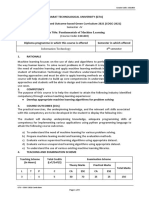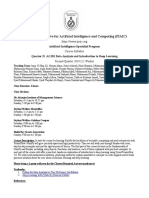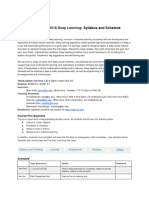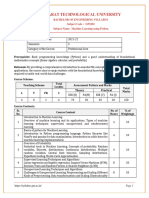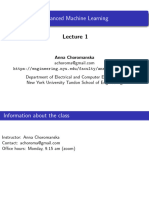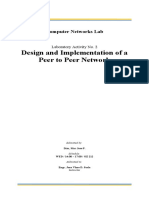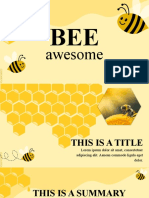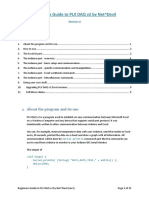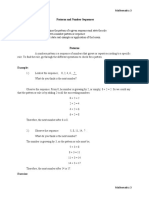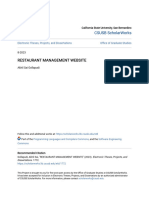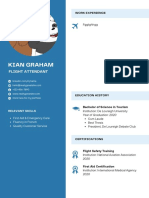0% found this document useful (0 votes)
72 views10 pagesCS 5720 Neural Network & Deep Learning - Fall24 - Syllabus
Uploaded by
viratkohlindia01Copyright
© © All Rights Reserved
We take content rights seriously. If you suspect this is your content, claim it here.
Available Formats
Download as PDF, TXT or read online on Scribd
0% found this document useful (0 votes)
72 views10 pagesCS 5720 Neural Network & Deep Learning - Fall24 - Syllabus
Uploaded by
viratkohlindia01Copyright
© © All Rights Reserved
We take content rights seriously. If you suspect this is your content, claim it here.
Available Formats
Download as PDF, TXT or read online on Scribd
/ 10















